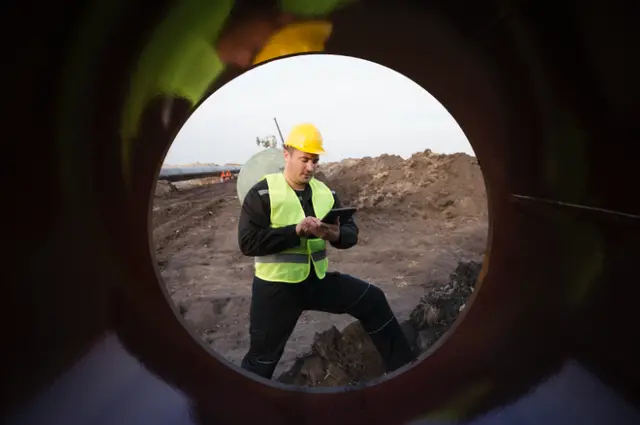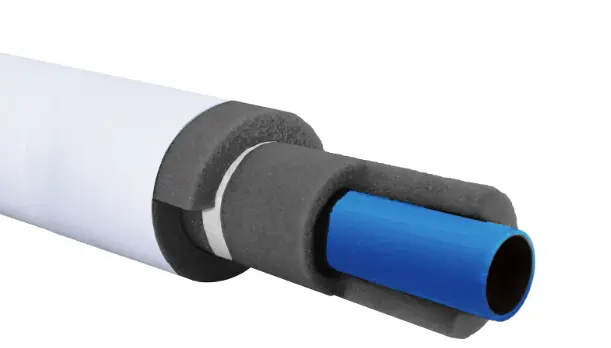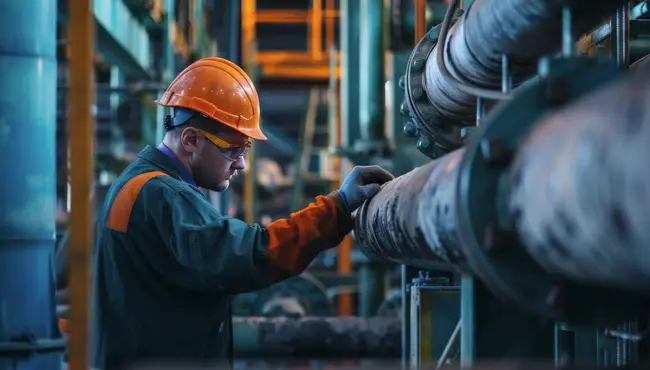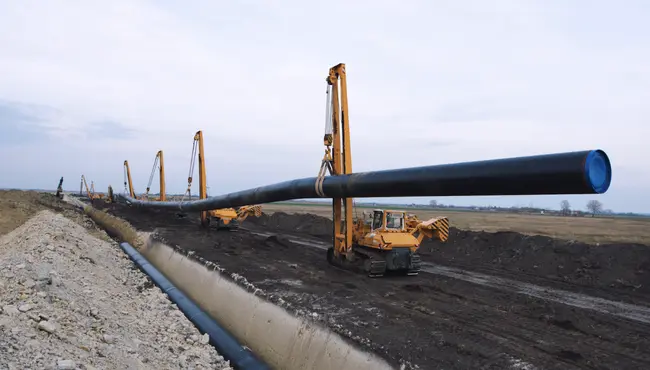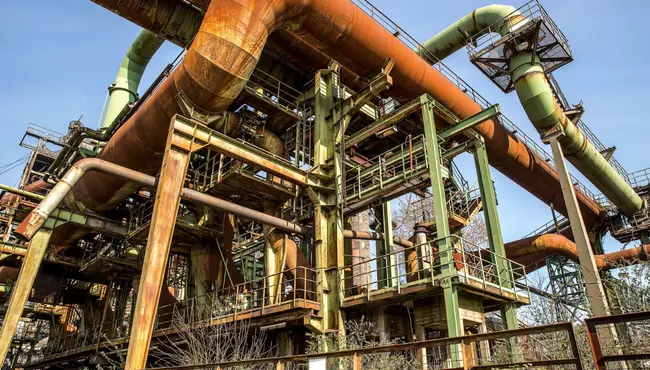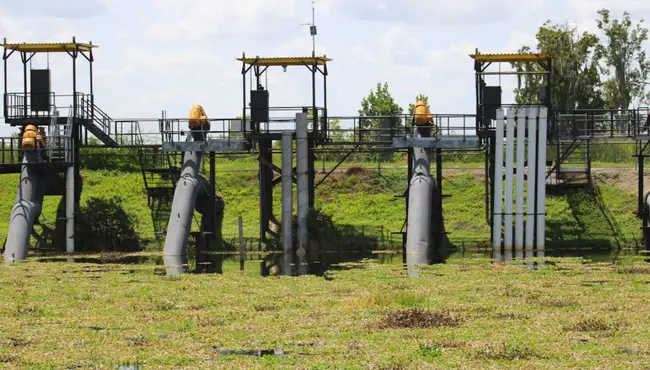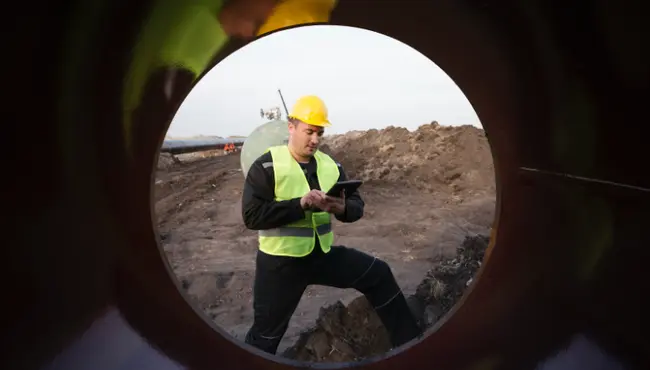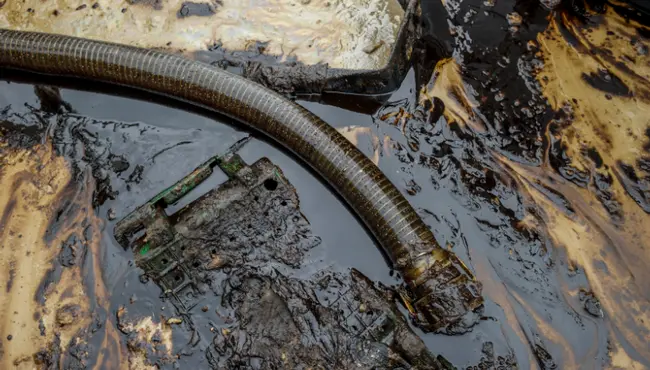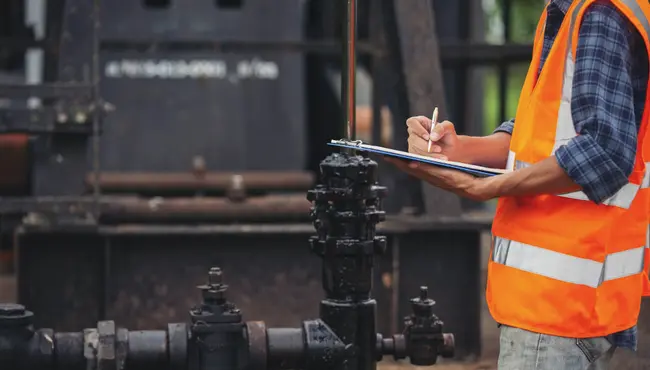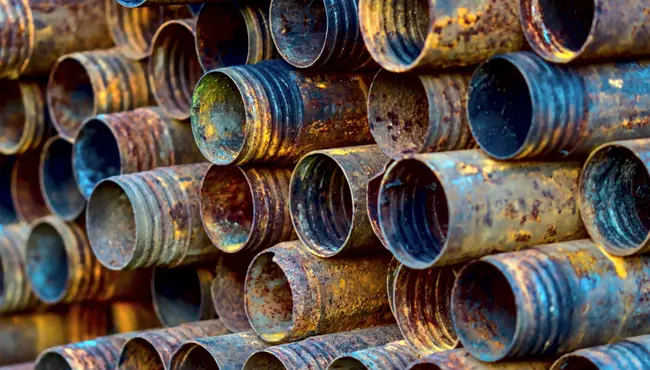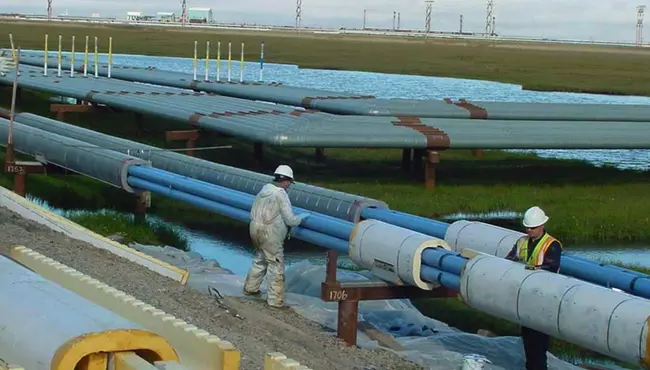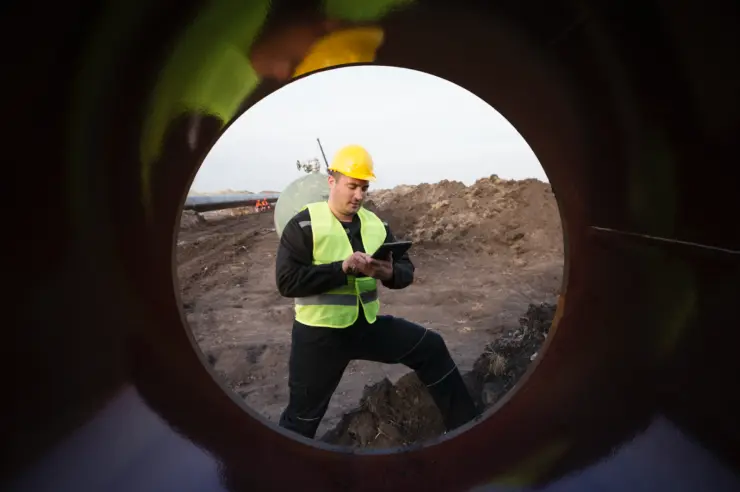
Pipeline corrosion monitoring not only helps prevent leaks but also helps prevent environmental disasters. Therefore, it’s important to understand how pipelines monitor corrosion on a regular basis.
If you want to know how the process works, keep reading as we explore the best pipeline corrosion monitoring techniques and systems the industry uses today.
But First: The Importance of Pipeline Corrosion Monitoring
Before we can touch on the different pipeline corrosion monitoring techniques, we need to take a closer look at why pipeline corrosion monitoring is so important.
Environmental Risks
Pipeline corrosion poses significant risks to pipeline infrastructure that can potentially lead to severe environmental hazards.
Leaks and spills from corroded pipelines have the potential to contaminate soil and water sources and cause long-term ecological damage. Ensuring the integrity of pipelines through effective corrosion pipeline monitoring helps prevent such environmental disasters, which ultimately protects both natural resources and public health.
Economic Impact
The financial implications of pipeline corrosion are substantial, which can be as a result of repairs, maintenance, and environmental cleanup efforts.
Effective corrosion monitoring systems, however, can mitigate these expenses by enabling early detection and intervention which can reduce the need for extensive repairs and minimize downtime.
Safety Concerns
Safety is a paramount concern in pipeline operations. Corroded pipelines can lead to catastrophic failures that can pose significant safety risks to workers and nearby communities. Regulatory bodies, such as the Pipeline and Hazardous Materials Safety Administration (PHMSA), mandate corrosion control programs and regular inspections to ensure pipeline safety and reliability.
Meeting Regulatory Standards
Compliance with regulatory standards is essential for pipeline operators. Regulatory bodies like the PHMSA require stringent corrosion control measures and regular inspections to maintain pipeline integrity. These regulations are designed to safeguard the environment, public health, and infrastructure.
Advantages of Early Corrosion Detection
Early detection of corrosion through monitoring systems offers several benefits. It allows for timely maintenance in an effort to significantly reduce the risk of catastrophic failures. Early intervention can extend the lifespan of pipelines and ensure their long-term operational efficiency. Moreover, proactive monitoring helps in planning and optimizing maintenance schedules to help reduce overall maintenance costs and improve operational efficiency.
9 Advanced Techniques for Monitoring Pipeline Corrosion
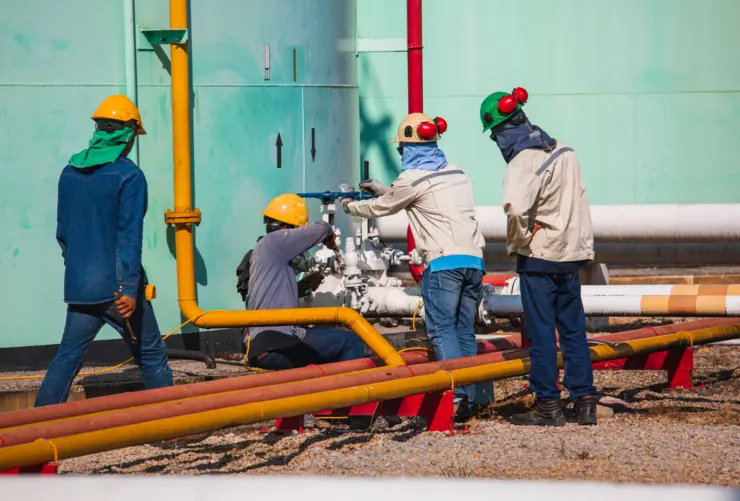
To effectively monitor pipeline corrosion, a variety of advanced techniques and systems are used regularly. Here are the most common pipeline corrosion monitoring techniques that are used today:
1. Visual Inspection
Visual inspection is the most straightforward method for detecting surface-level corrosion. It involves regular inspections of the pipeline's exterior to identify any visible signs of corrosion. However, this method has limitations, as it can only detect corrosion that is visible to the naked eye.
2. Ultrasonic Testing (UT)
Ultrasonic Testing (UT) assesses pipeline wall thickness to identify both internal and external corrosion. This non-destructive method utilizes high-frequency sound waves to detect anomalies in the pipe wall, to help ensure a precise and effective inspection of the pipeline.
3. Radiographic Testing (RT)
Radiographic Testing (RT) utilizes X-rays or gamma rays to examine the internal configuration of pipelines. This technique is especially effective for identifying internal defects and corrosion in intricate and inaccessible locations.
4. Magnetic Flux Leakage (MFL)
Magnetic Flux Leakage (MFL) uses magnetic fields to detect corrosion, typically through inline inspection tools known as "smart pigs." MFL can identify both internal and external corrosion and is widely used for periodic pipeline inspections.
5. Electrical Resistance (ER) Probes
Electrical Resistance (ER) probes monitor corrosion rates by measuring changes in electrical resistance. This method provides real-time data, which makes it suitable for various environments and continuous monitoring.
6. Electrochemical Noise (ECN)
Electrochemical Noise (ECN) monitors spontaneous fluctuations in current and potential to detect different types of corrosion processes. ECN is highly sensitive and effective for real-time corrosion monitoring.
7. Zero Resistance Ammetry (ZRA)
Zero Resistance Ammetry (ZRA) measures corrosion current directly to monitor corrosion rates in real-time. It is particularly useful in aggressive environments where rapid changes in corrosion rates need to be tracked.
8. Potentiodynamic Polarization
Potentiodynamic Polarization assesses the corrosion resistance of metals by varying the metal's potential and measuring the resulting current. This technique evaluates general corrosion, pitting, and passivation.
9. Acoustic Emission (AE)
Acoustic Emission (AE) detects corrosion activity by listening to sound emissions generated during the corrosion process. This method allows for real-time monitoring and early detection of cracks and hydrogen release, which makes it effective for various materials and applications.
Advanced and Multi-Technique Monitoring Systems
Advanced and multi-technique monitoring systems integrate multiple methods to enhance the accuracy and reliability of corrosion detection. Although these are not as common, they can be even more effective.
Continuous Monitoring Systems
Continuous monitoring systems integrate multiple techniques to provide comprehensive and real-time corrosion data. As a result, it’s possible to enhance pipeline integrity management by providing early warnings and reducing maintenance costs.
Smart Pigging
Smart pigging involves using inline inspection tools equipped with multiple sensors, such as MFL, UT, and ECN, to perform thorough periodic inspections. While smart pigs provide detailed inspection data, they can miss issues developing between inspection intervals .
Electrical Field Signature Method
The Electrical Field Signature Method is a non-intrusive technique that measures and analyzes electrical field changes caused by corrosion. Sensors placed near the metal surface detect these changes without direct contact. This method provides real-time monitoring, which is ideal for large or hard-to-access structures, and it offers precise information on corrosion rates and types.
Thin Layer Activation (TLA)
Thin Layer Activation (TLA) uses a radioactive layer applied to the material’s surface, which emits radiation that interacts with corrosion products. By measuring this radiation, the extent and location of surface corrosion can be determined without damaging the material.
Gamma Radiography
Gamma Radiography uses gamma rays to inspect internal structures and detect corrosion by measuring transmitted radiation. This technique is particularly effective for evaluating internal corrosion in complex and inaccessible areas.
Ensure Pipeline Integrity with Polyguard's Expertise
Polyguard is dedicated to providing cutting-edge solutions to help prevent pipeline corrosion. Our comprehensive products and techniques help to ensure the safety and efficiency of your pipeline operations.
Contact us today for more information.
